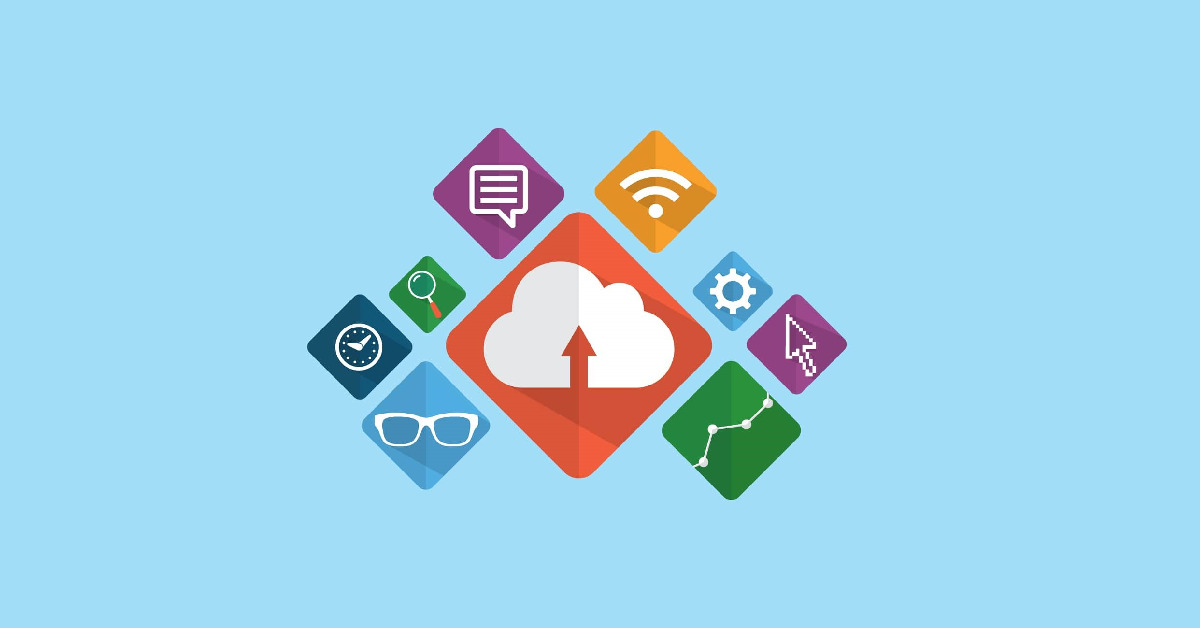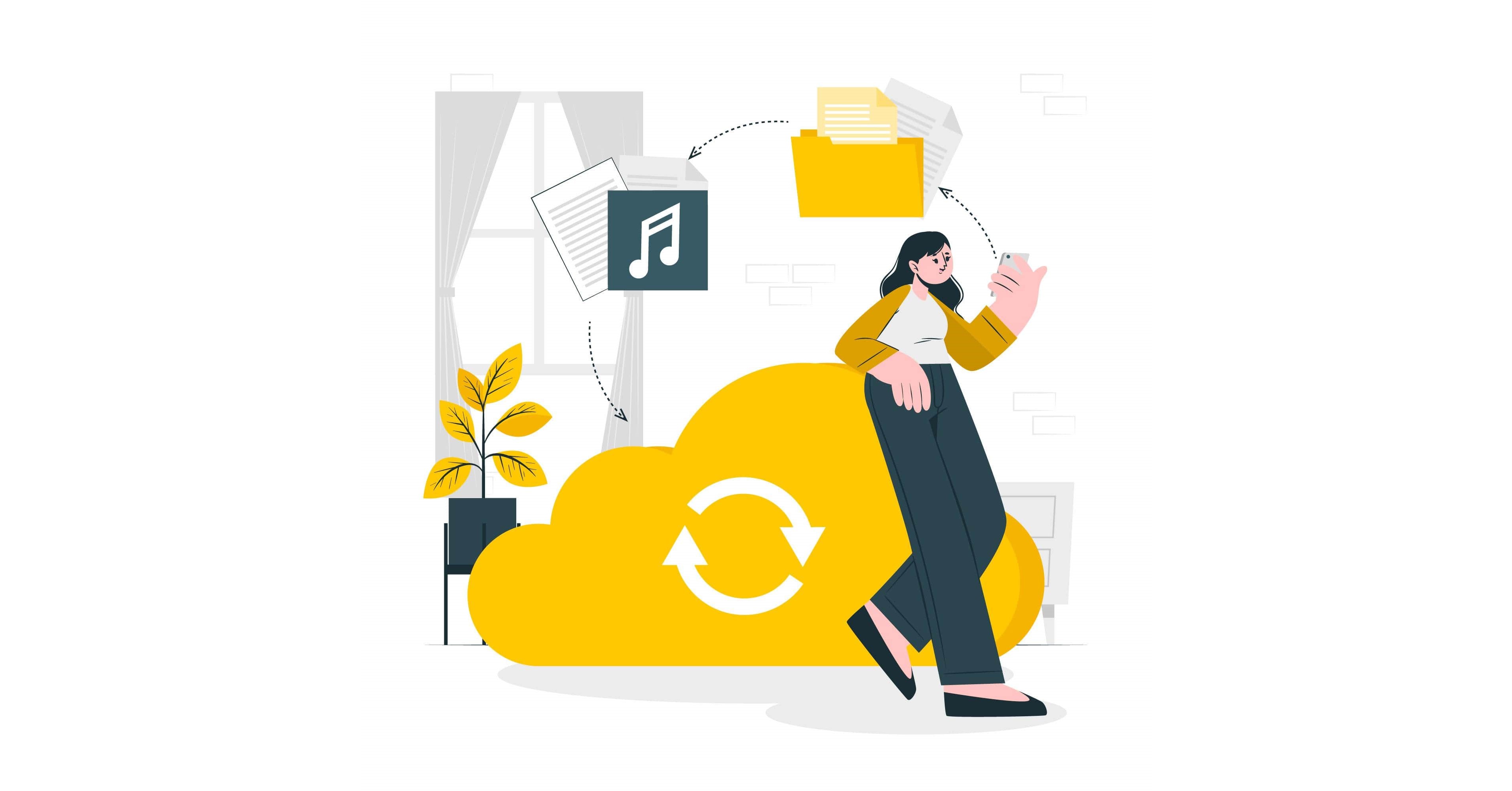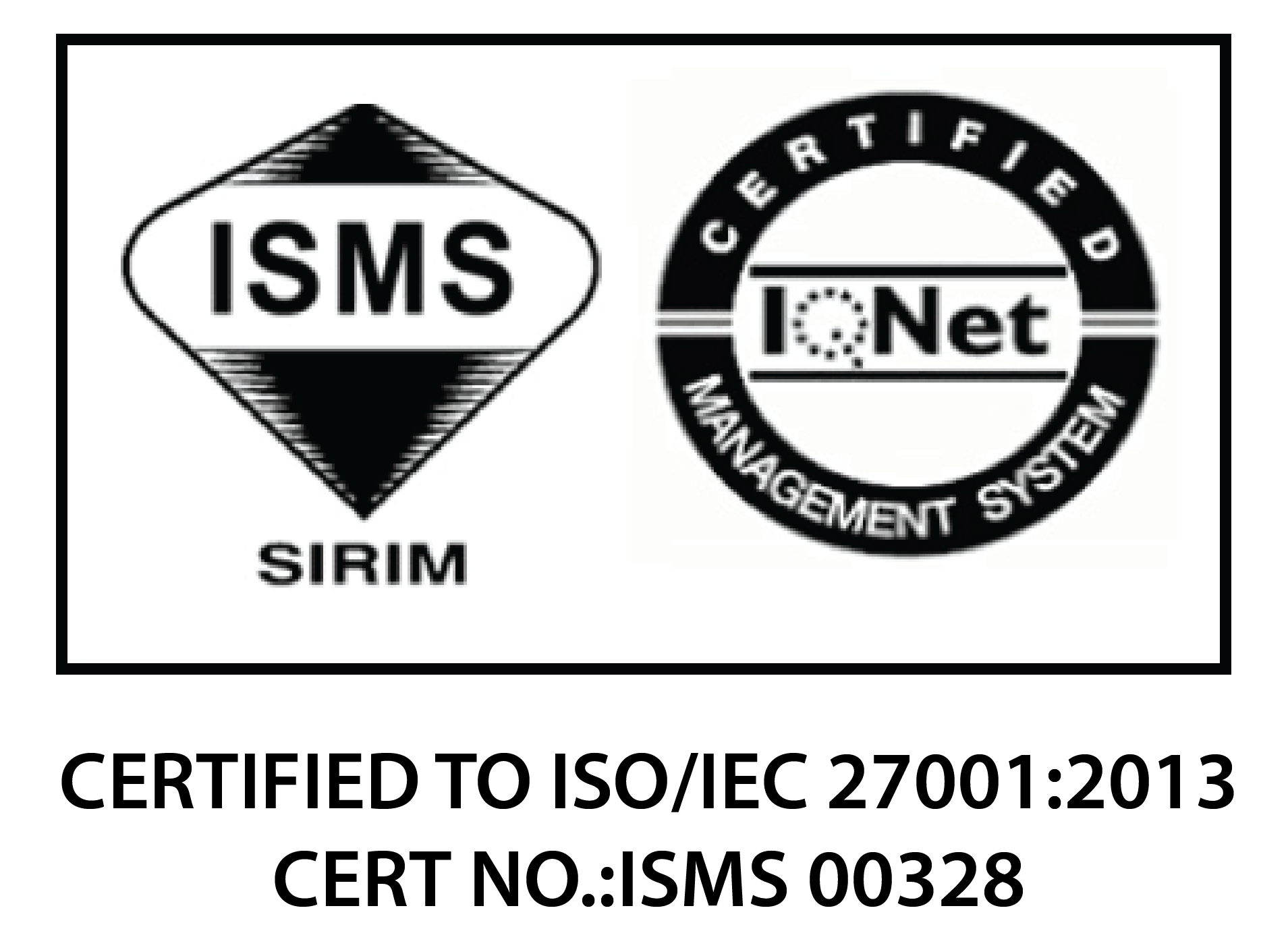In today’s digital age, businesses heavily depend on technology-driven decision-making. Central to this is data migration, which is the process of moving data between storage types, formats, or computer systems.
If you’re an IT professional tasked with performing this process, this article is for you. We’ll delve into the best strategies to streamline the process, ensuring data integrity and minimising potential issues.
Read more: Data Centre vs The Cloud: Which is Better for Your Company?
What is Data Migration?
At its core, data migration is the transfer of data from one storage system or computing environment to another. Despite the simple definition, it is more than just a simple copy-paste job.
The migration takes into consideration various factors. Among them are dependencies, settings, and configurations to ensure data interoperability and functionality in the new system.
A sound and cohesive data migration strategy is crucial when transferring data, as the process can be challenging. It involves meticulous planning, and even then, there’s potential for error. A poorly executed data migration can lead to critical data being compromised.
Read more: 5 Effective Strategies for a Secure Cloud Data Migration in Malaysia
Why is a Data Migration Strategy Important?
There are several reasons why a company might choose to migrate their data from one site to another. This includes:
- Upgrading to a more advanced, secure, and user-friendly data management system.
- Expanding data capabilities due to business growth.
- Integrating new technologies that aren’t compatible with existing systems.
Moreover, a strategic approach to data migration is paramount to ensuring the following:
- The improvement of system performance and competitiveness.
- A smooth transition without data loss.
- Compliance with regulatory standards.
- A cost-effective solution that avoids unforeseen expenditures.
Read more: 5 Tried & Tested Data Protection Practices You Should Follow
8 Data Migration Strategies for a Smooth Transition

Many businesses rush into the migration process with the overwhelming feeling of a pressing need. In their haste to relocate data to a new system, they start the process without adequate preparation.
To assist you in this journey, we’ll delve into eight essential data migration strategies.
1. Incorporate Downtime into Cost Analysis
When planning for migration, downtime is inevitable. It’s not just about the direct costs but also the indirect implications—like lost productivity, potential revenue loss, and even reputational risks.
Therefore, it is best to determine the potential downtime costs for your specific organisation before diving into migration. A thorough cost analysis considers all these elements, equipping businesses with realistic expectations and a roadmap for minimal disruption.
It also aids in obtaining a clear picture of the total cost of ownership (TCO) for the data migration initiative.
2. Select the Appropriate Tool
Furthermore, data migration is not a one-size-fits-all process. The market is flooded with tools, some specific to certain platforms while others are more generic.
Selecting the right tool minimises risks and ensures a seamless transfer. Therefore, choosing tools that align with the specific migration scenario and the business’s unique requirements is imperative.
Avoiding tools limited to a specific platform or those that compromise data integrity is recommended. A versatile and reliable tool can guarantee successful migration and meet predefined outcomes.
3. Purify Data Before Migrating
Migrating unclean data can lead to inefficiencies and inaccuracies in the new system. Hence, it’s crucial to clean and validate data before migration. Prioritise data cleansing to ensure only relevant and accurate data is transferred.
This step ensures accuracy post-migration by eliminating redundant, obsolete, or trivial (ROT) data. Businesses can guarantee a more efficient migration and optimise storage costs by doing so.
Read more: Cloud Backup vs Cloud Storage: What’s the Difference?
4. Verify Regulatory Compliance Requirements
Data often fall under various regulations, from GDPR to HIPAA. Thus, ensuring the new system complies with industry-specific regulations before data migration would be best.
Migration presents a good opportunity to ensure all data meets current compliance standards. Skipping this step can lead to costly legal complications and penalties down the line.
5. Determine Required Vendors, Partners, and Products
Additionally, a seamless migration might require partnerships with external vendors or products. It’s vital to assess what external resources are necessary to facilitate the migration.
Whether it’s for additional storage, specialised tools, or expert consultants, a wide range of software vendors and service providers are available. Hence, make sure to collaborate with stakeholders who understand your business needs and can ensure a hitch-free process.
6. Backup Data and Establish a Risk Management Plan
Before initiating any migration, ensure there’s a comprehensive backup in place. Things can always go wrong, and having a backup ensures a safety net in case of migration issues so that data will not be irretrievably lost.
In addition, a solid risk management plan outlines potential pitfalls and provides solutions to address them. Consequently, this will ensure data integrity throughout the migration process.
Read more: Data Backup vs Data Archiving: 5 Major Differences To Know
7. Review the Migration Process Periodically
Migration isn’t a set-and-forget process. An ongoing review of the migration process helps in the early detection of discrepancies and incompatibilities.
Businesses can ensure continual improvement and successful outcomes by periodically reviewing and adjusting it based on feedback and real-time challenges.
8. Utilise Migration for Broader Business Strategies
Migration is an opportunity. As you transfer data, consider reviewing business continuity plans. Align data migration with high availability (HA) and disaster recovery (DR) strategies to ensure both old and new systems are optimally protected.
Read More: Backup and Disaster Recovery, How They Work Hand-In-Hand
Harnessing Data Migration for Strategic Advantage
In the world of data, it’s not just about the transfer but about ensuring its integrity every step of the way. The ability to efficiently and effectively migrate data is a strategic imperative in today’s data-driven age.
When approached strategically, it can be a major catalyst for business growth. Therefore, businesses can adhere to the abovementioned strategies to ensure their data migration processes are smooth, secure, and advantageous.
Our company, Aegis, has been using the best backup technology to assist companies in their backup strategies, ranging from SMBs, SMEs and large enterprises in Malaysia. We have experience working with clients in improving their IT operations, implementing a solid backup and disaster recovery plan and helping customer to save IT cost for more than 14 years.
If you seek expertise in data migration, backup and disaster recovery planning, setup and execution, reach out to us. We’ll contact you immediately and provide you with the finest service possible at a fair price.












